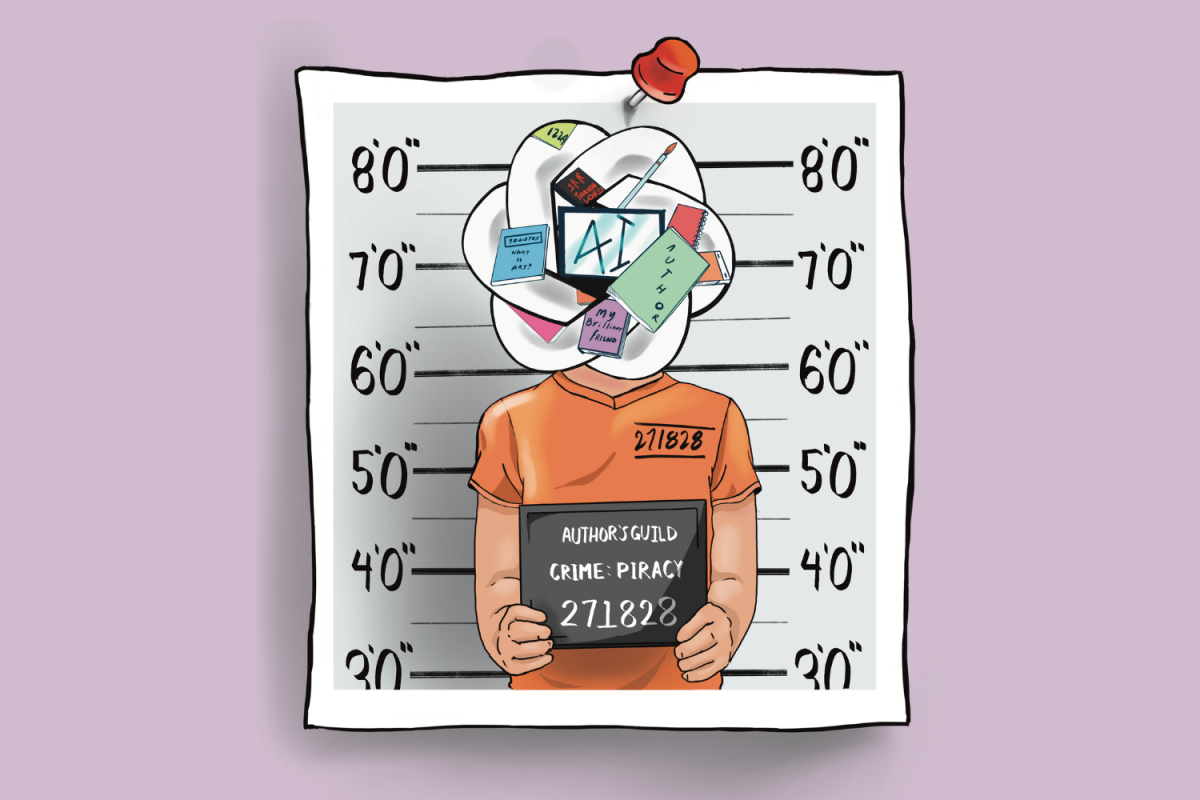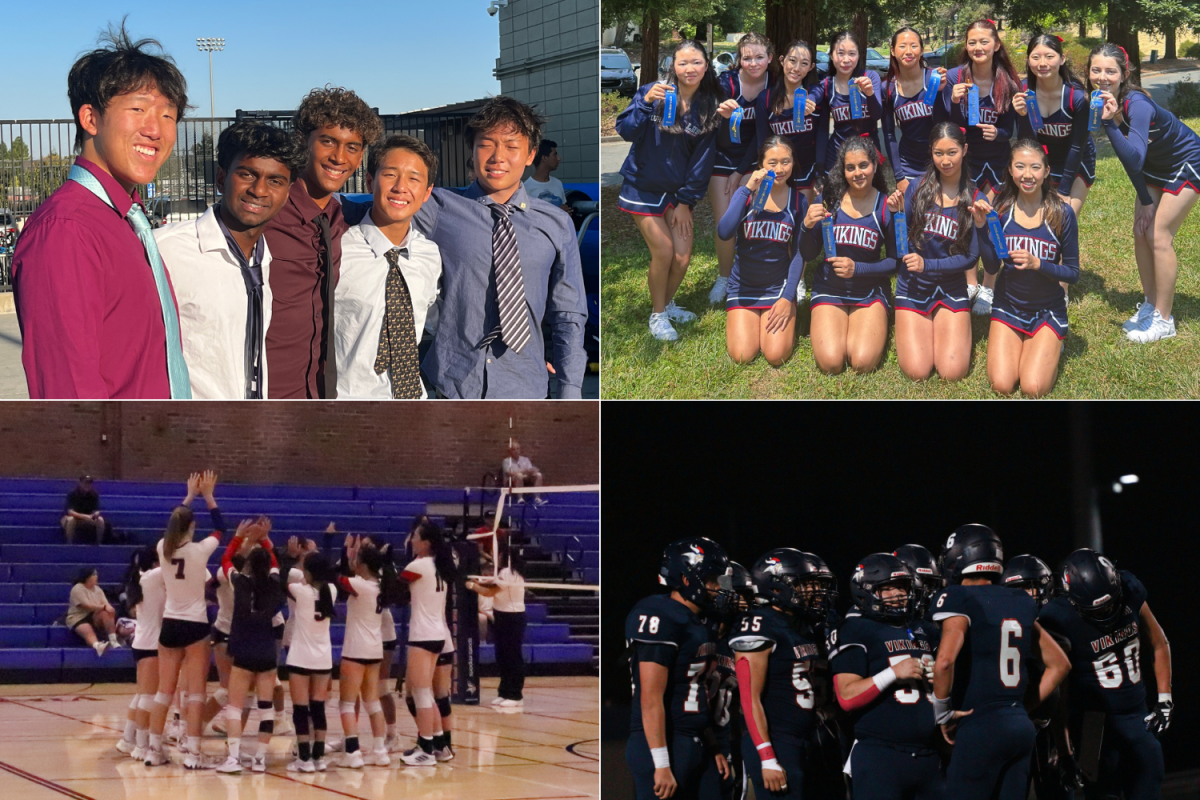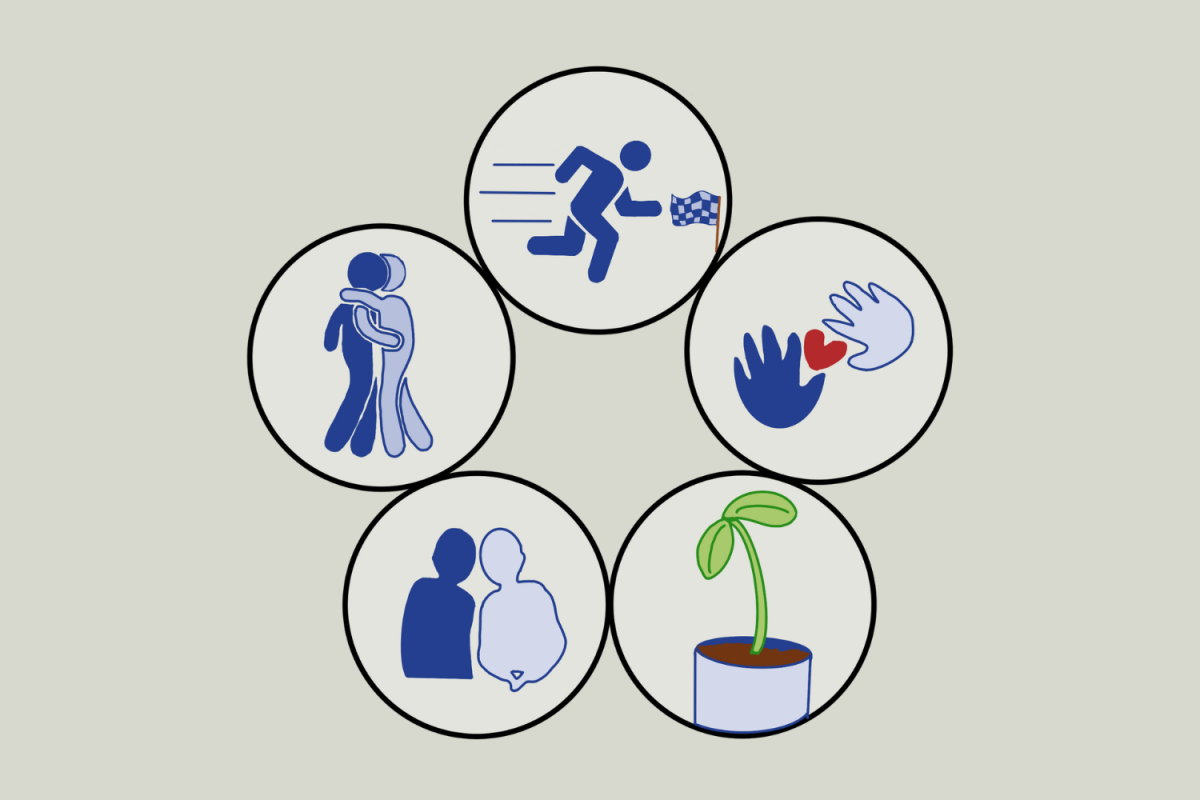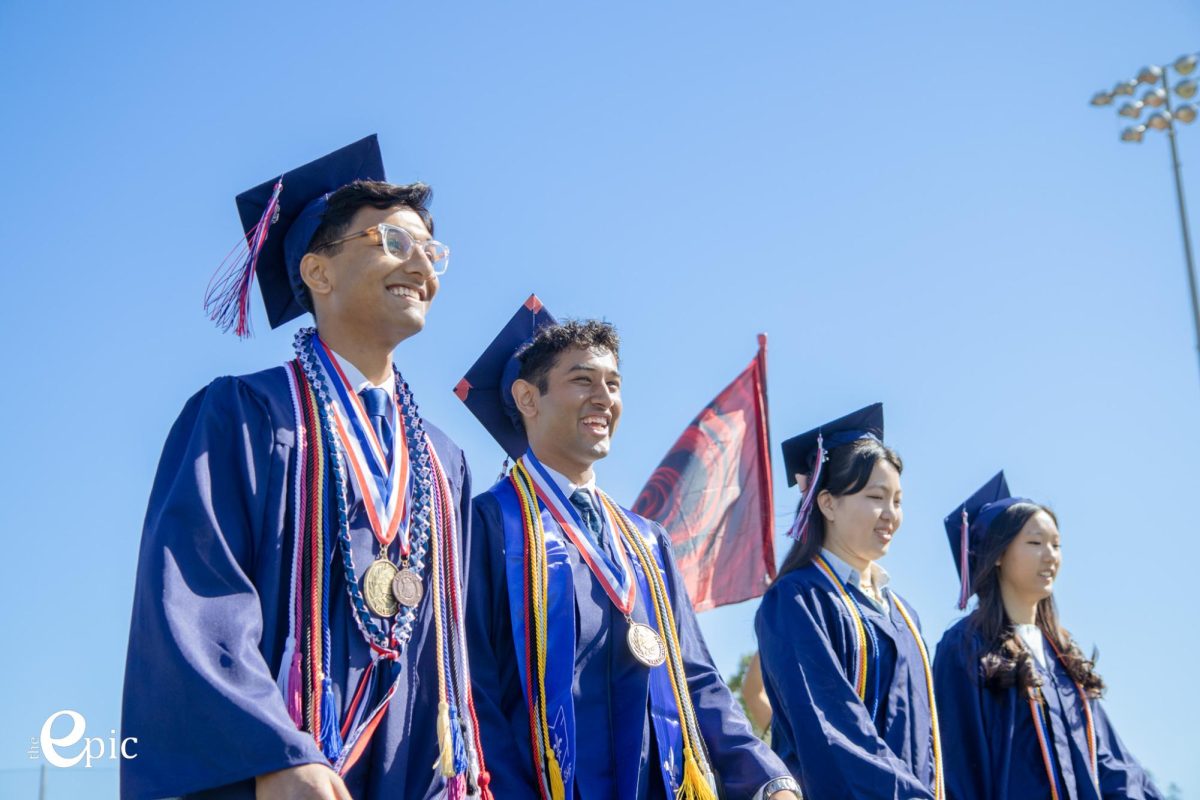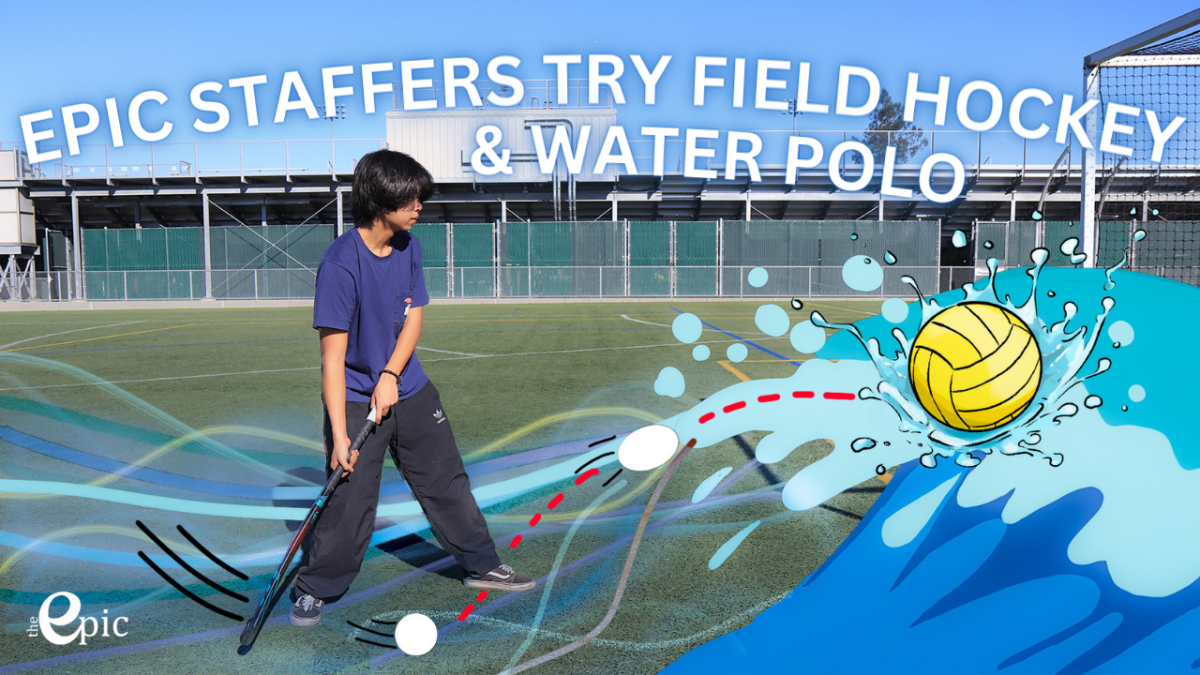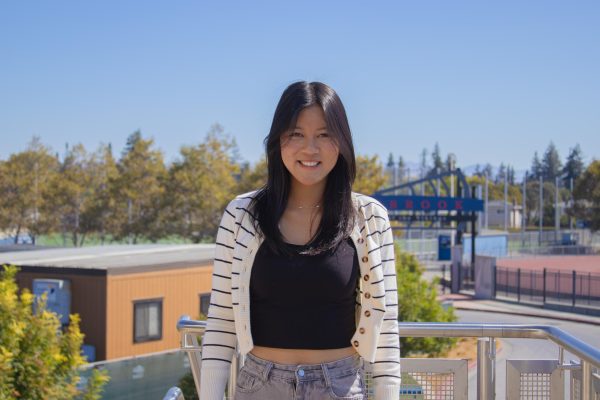Neurodiversity encompasses the variation in neurological traits among humans — from thinking and learning to behavior — when interacting with the world. The term is often used to describe individuals with conditions such as Autism Spectrum Disorder, Attention Deficit Hyperactivity Disorder or other neurological or developmental conditions. Lynbrook has channeled its effort toward developing special education programs that advocate for a more inclusive, neurodivergent-friendly community. In the 2021-22 school year, 110 students were participating in Voyager, Academic Community Transition, Academic Communication or Specialized Academic Instruction, all programs that were created with the neurodivergent community in mind.
The term neurodivergent originated when Judy Singer, an Australian sociologist, defined the word neurodiversity in 1998 to recognize that each individual’s brain develops in a unique way, similar to how no two individuals’ fingerprints are identical. In the 1990s, the neurodiversity movement emerged, aimed at increasing inclusion and the embracing of neurological differences. Due to the growth in awareness of neurological and developmental disabilities, more clinicians began researching the symptoms and possible treatments for the neurodivergent community. The most common types of neurodivergent conditions people experience are ASD, ADHD and dyslexia. According to the Centers for Disease Control and Prevention, more than 75 million people, or around one in every 100 individuals are diagnosed with ASD and an estimated 139.8 million adults worldwide have persistent ADHD that first manifests in their childhood.
ASD is a developmental disability caused by differences in the brain, typically leading to struggles with social interactions and restricted or repetitive behaviors. For example, an individual with ASD may often exhibit characteristics such as avoiding eye contact, not showing facial expressions and repeating words and phrases consistently. Oftentimes, individuals diagnosed with ASD also show signs of ADHD which can include having a short attention span, difficulty organizing tasks, excessive physical movement or repetitive fidgeting. Despite the common misconceptions, not all neurodivergent individuals are similar in terms of their experiences and abilities. In reality, neurodiversity encompasses a broad spectrum of neurological differences, and each individual’s experiences are unique.
“People assume that neurodivergent students are less intelligent and are incapable of completing activities simply because they have trouble speaking up and expressing themselves,” senior and Viking Buddies co-president Allison Wu said. “However, with the right assistive technology, they can communicate as well as anybody else.”
Due to some people’s ignorance of neurodiversity, misconceptions and stereotypes sometimes prevent neurotypical students from being more open-minded toward the neurodivergent community, thus prompting neurodivergent students to have to combat others’ underestimation of their abilities.
“Neurodiversity is not just an illness,” senior Jerry Yang, a student with moderate autism and ADHD, said. “Everyone has different brains and everyone has different strengths and weaknesses. Maybe my neurotypical friend is extremely good at explaining something, but he might not be the most kind and compassionate. Meanwhile, one of my neurodivergent friends is really clumsy and socially awkward, but he has a heart of gold and he wants to help others.”
Section 504 of the Rehabilitation Act of 1973 and the Americans with Disabilities Act of 1990 guarantees that qualified students should not be excluded from school activities and events solely because of their disabilities, meaning that it is mandatory for schools to identify students with disabilities and provide support and services that give the same and equal opportunities to all students. In order to get into a special education program, students are assessed, usually by school psychologists and special education teachers. If needed, speech therapists are also a part of the assessment. If students are identified with a disability in one or more of California’s 13 Individualized Education Program eligibility categories, individualized academic and career goals will be created by a team consisting of their parents, teachers and district administrators for the students to work toward.
“Although Lynbrook offers many programs for neurodivergent students, we should have more activities throughout the year that are school-wide and bring attention to being more inclusive of these groups,” Wu said. “By doing this, we can increase communication with neurodivergent students and raise awareness.”
To identify the specific needs for students, they complete several evaluations to determine whether they qualify for special support and services Moreover, Lynbrook offers an exhaustive list of assistive technology tools, ranging from tools as simple as pencil grips to speech to text or speech-generating devices . Lynbrook offers several programs that are accessible to qualified students including Voyager, Academic Community Transition, Academic Communication and Specialized Academic Instruction.
“The neurodivergent students sometimes have difficulties finding a place where they fit in a high-achieving academic environment,” lead resource specialist Anne Greene said. “Through our Special Education programs, we want to provide a space for them.”
ACT is a special-day non-diploma-track program that supports students with moderate-to-severe disabilities. These students then transition to the district’s post-secondary options, such as a program that provides extended support to individuals who require more training to assist their transitions to adulthood. Because most students in ACT have already been diagnosed since their childhood, additional assessment from the school is often not necessary. However, if either teachers or parents have any questions about the students’ neurological conditions, the students would then be reassessed. Under the Child Find program, schools are required to identify, locate and evaluate all children with disabilities, regardless of the severity of them. Additionally, the Student Assistance Team referral offers interventions to students who may be struggling, or prompts assessment with school psychologists, speech therapists, occupational therapists or adaptive PE teachers.
“Our goal has always been to provide an inclusive environment to neurodivergent students,” Greene said. “FUHSD is very good at looking ahead and developing things for these students so that they can be successful on their own in a comprehensive high school.”
In order to better integrate ACT students into the school community, Lynbrook Viking Buddies, an on-campus club, where general education and neurodivergent students collaborate on arts and crafts and different activities.
“In Viking Buddies, we don’t like to say ‘we work with or help special education students’ because we aren’t trying to change them,” Wu said. “Rather, we collaborate with them as we would with a neurotypical high schooler to foster social skills and form bonds.”
Lynbrook is also the only school in FUHSD that offers a specifically designed physical education class where students with special needs participate in the adaptive class curriculum, while being supported by general education students. Students are also given an opportunity to socialize with their peers from other FUHSD schools at the annual ACT and Special Education Local Plan Area Fall Festival and Dance.
Developed and piloted at Lynbrook in 2008, AC is a diploma-track program targeting higher-functioning students with social or cognitive disabilities. The program organizes activities like Monday Mindfulness where students do various mindfulness activities or Yoga to reduce stress in the classroom.
Another program that Lynbrook provides is Specialized Academic Instruction, which is a resource class for diploma track students. Formerly known as the Resource Program, it helps neurodivergent students attend classes with neurotypical students. The students in SAI are either in small group classes or in general education courses — sometimes with teacher aides depending on the curriculum. For additional support that students might need in the mainstream courses, students can get assistance on their assignments from a Learning Skills class. Since 2021, as a part of SAI, the Special Education department has managed evening office hours for students who had difficulty meeting with their teachers during the regular school day.
“I think I am getting all the accommodations I need,” Yang said. “Our special education program is excellent.”
Career Technical Education, operated by FUHSD, also allows Special Education students to explore their post-secondary options. Particularly, Special Education partners with the Department of Rehab and often takes students on virtual and in-person tours of technical schools and community colleges. Collaborating with many local businesses, Special Education also makes working experiences more accessible to students. With exposure to a variety of jobs, it aims to consistently employ a significant number of Special Education students through the Workability program.
“When we’re in high school, we’re still learning about different types of people, and when we go out into the real world, there’s going to be different people and circumstances where we might encounter someone who has autism or a disability,” Wu said. “There’s no reason to be treating them differently, but we have to learn the etiquette now, so we can treat these people with respect because they are people too.”























































